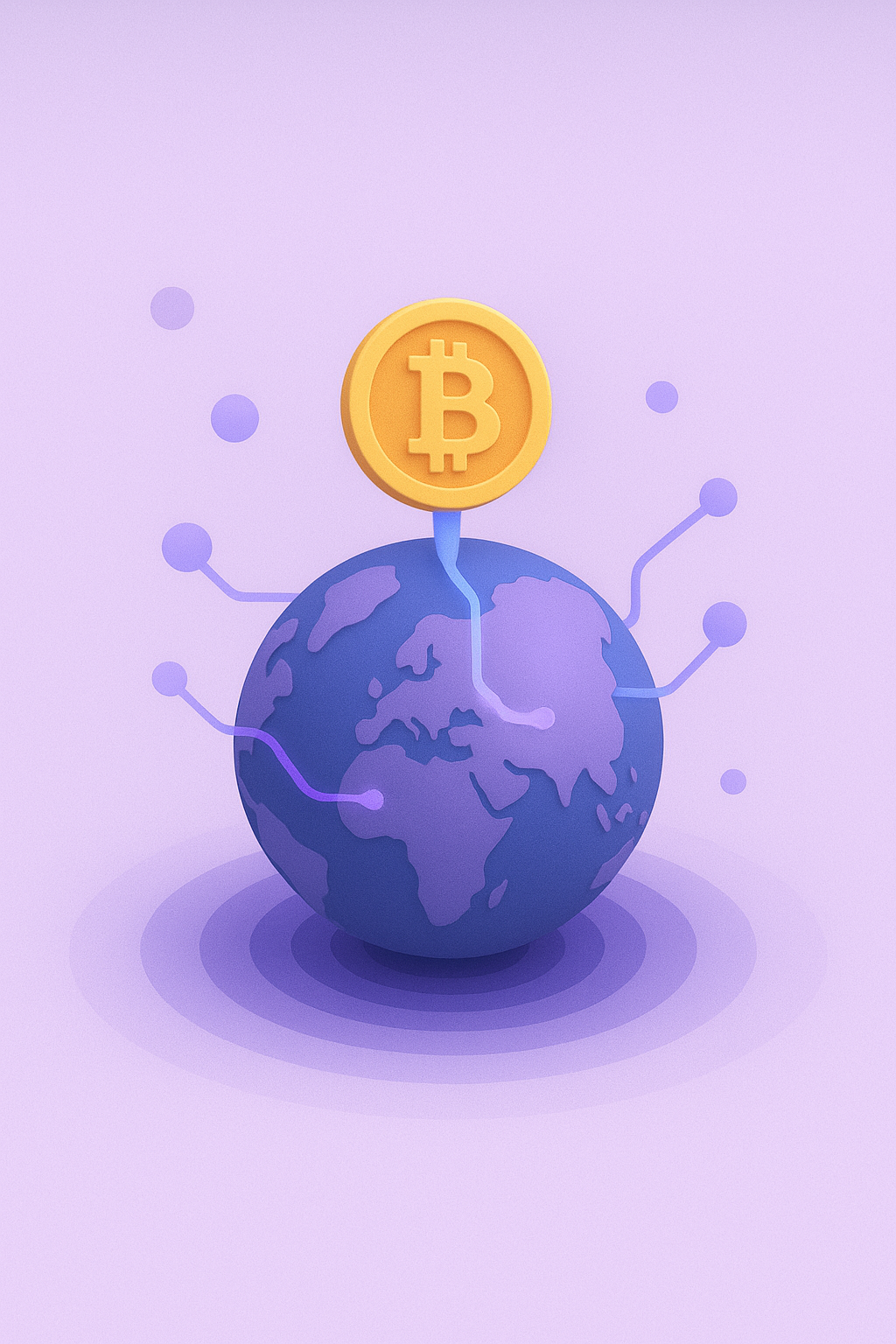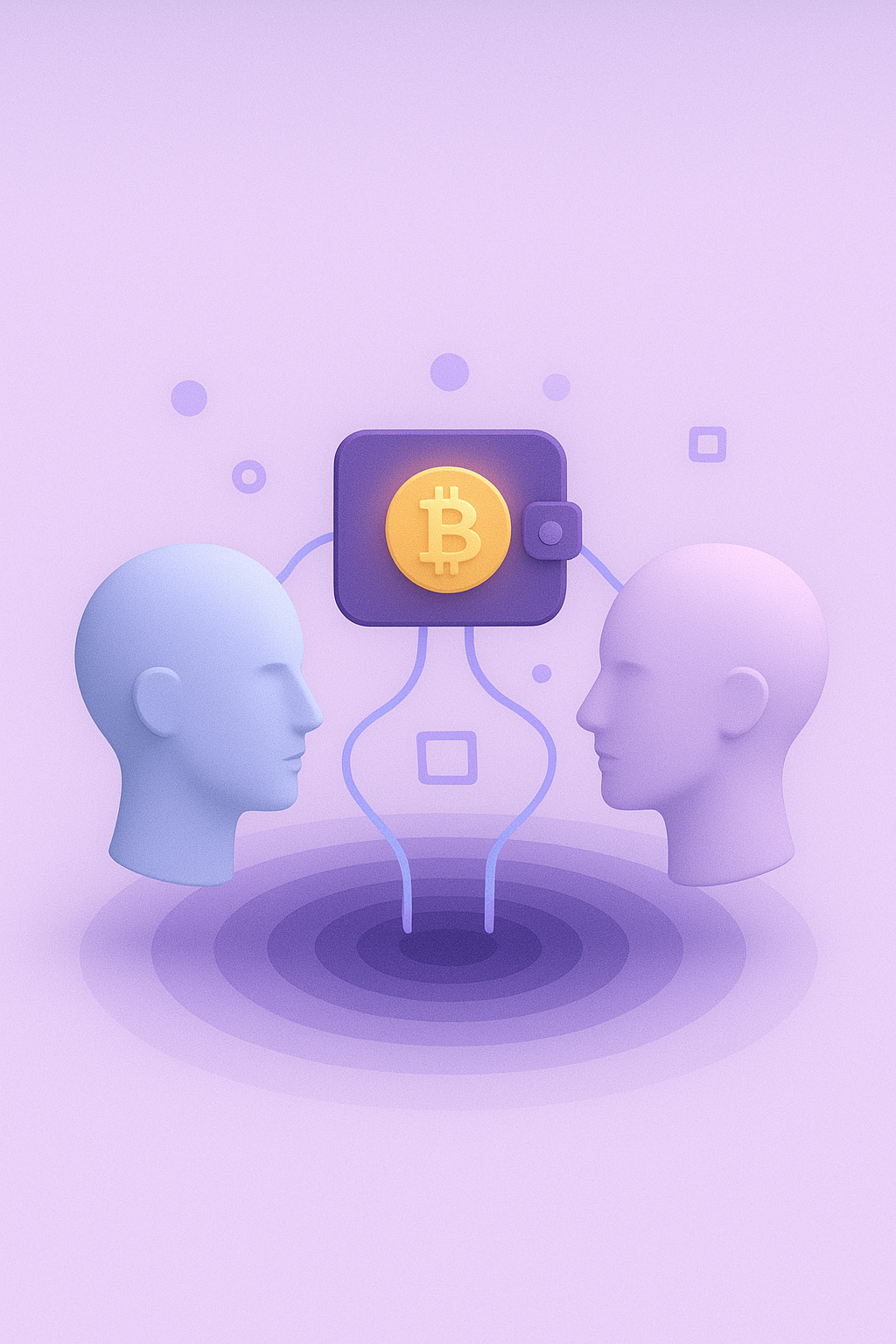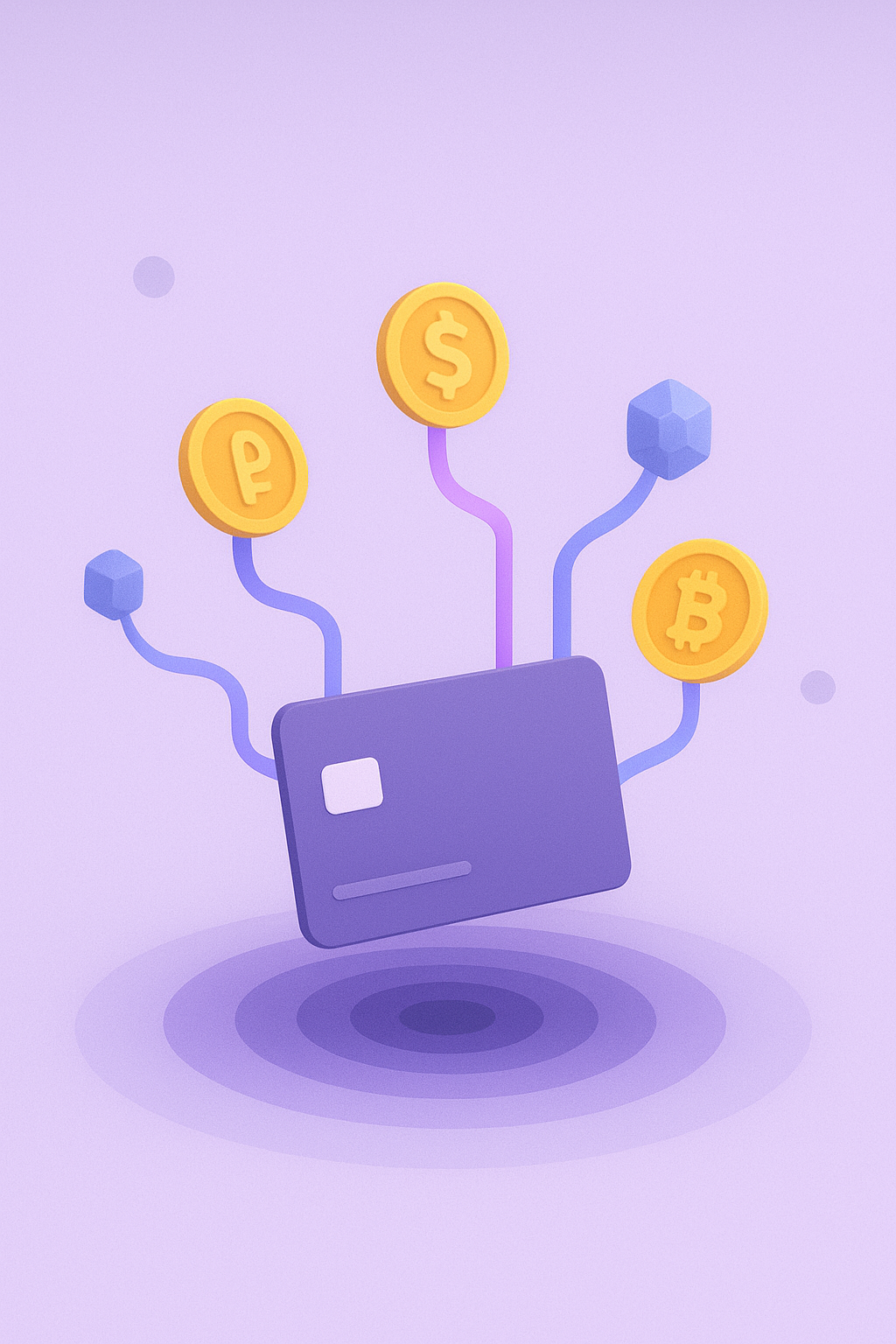The shift from the creative economy to the creator economy marked a radical transformation in the way we perceive and value digital creativity. Today, the evolution towards Web3 promises to disrupt this dynamic even further, by integrating principles of decentralization, participation and creator autonomy. This article explores the stakes and potential of this evolution, as well as the regulatory and economic challenges that accompany it.
The creative economy and its current limits
The creator economy, as we know it today, is heavily dominated by large, centralized platforms like YouTube, Facebook and Instagram. These platforms offer powerful tools for content creation and monetization, but they also take a significant share of the revenues generated and impose their own rules of operation.
The challenges of centralization
Centralized platforms have enabled many creators to prosper, but they have also created new forms of dependency. Creators are often at the mercy of these platforms' algorithms and policies, which can change at any time. This poses problems of sustainability and stability for designers wishing to develop a long-term business.
The promise of Web3
Web3 offers a solution to these problems by eliminating intermediaries and enabling creators to retain a greater share of the value they generate. Thanks to blockchain and smart contracts, creators can interact directly with their audience and monetize their work more transparently and fairly.
The decentralization revolution
DAOs and designer autonomy
Decentralized Autonomous Organizations (DAOs) are at the heart of this revolution. They enable creators to collaborate and make decisions collectively, without the need for a central authority. DAOs record all interactions and decisions on a blockchain, guaranteeing the transparency and impartiality of processes.
NFT and the new creative economy
Non-fungible tokens (NFT) also play a crucial role in this transition. They offer creators new ways of monetizing their work and engaging with their fans. NFTs can represent artworks, music, videos, or even physical experiences, opening up endless possibilities for innovation and engagement.
Regulatory challenges
The need for clear regulations
While Web3 promises greater autonomy for creators, it also raises significant regulatory challenges. Regulators around the world are seeking to understand how to frame this new economy without stifling innovation. The key will be to strike a balance between protecting consumers and promoting innovation.
The risks of decentralization
Decentralization also entails risks, particularly in terms of security and fraud. Without a central authority to oversee transactions, creators and users must rely on technology and the community to guarantee the security of exchanges. This requires robust infrastructures and ongoing user education on best practices and associated risks.
Conclusion
The evolution of the creators' economy towards Web3 represents an incredible opportunity to redefine the rules of the game in favor of creators. By eliminating intermediaries, promoting transparency and introducing new forms of monetization, Web3 has the potential to profoundly transform the digital economy. However, this transformation will only be possible if we succeed in overcoming the regulatory and technical challenges that stand in our way.










